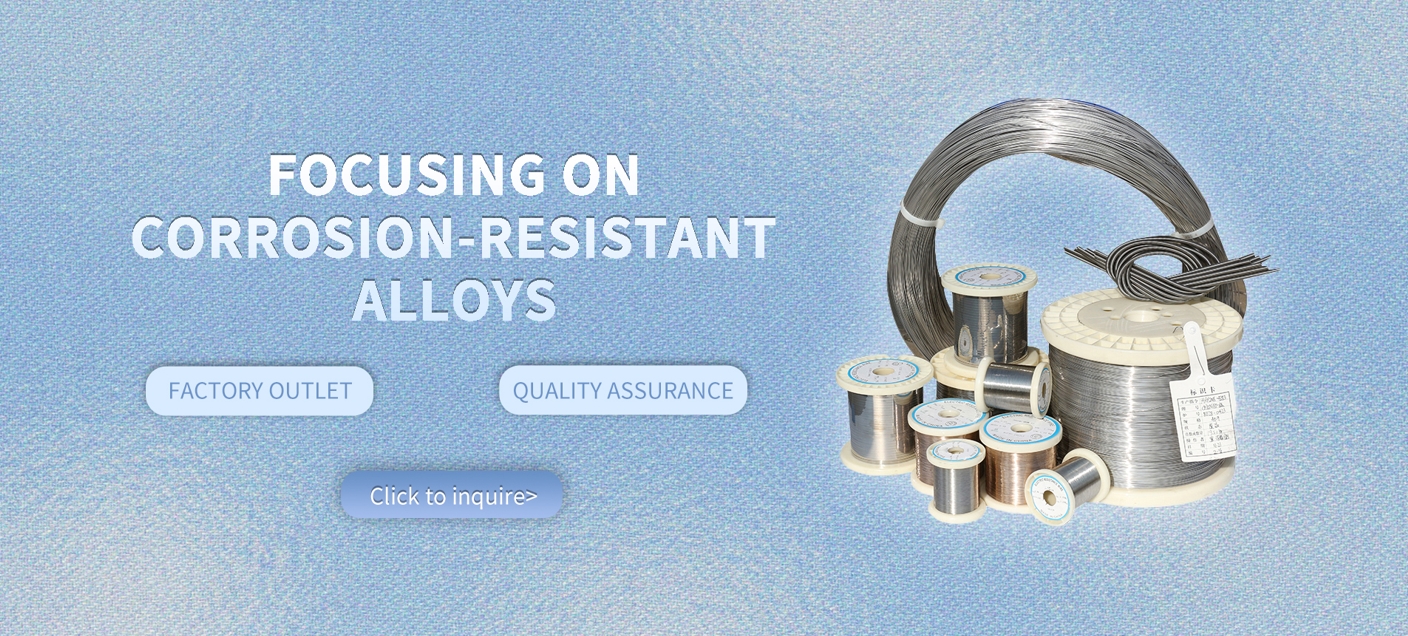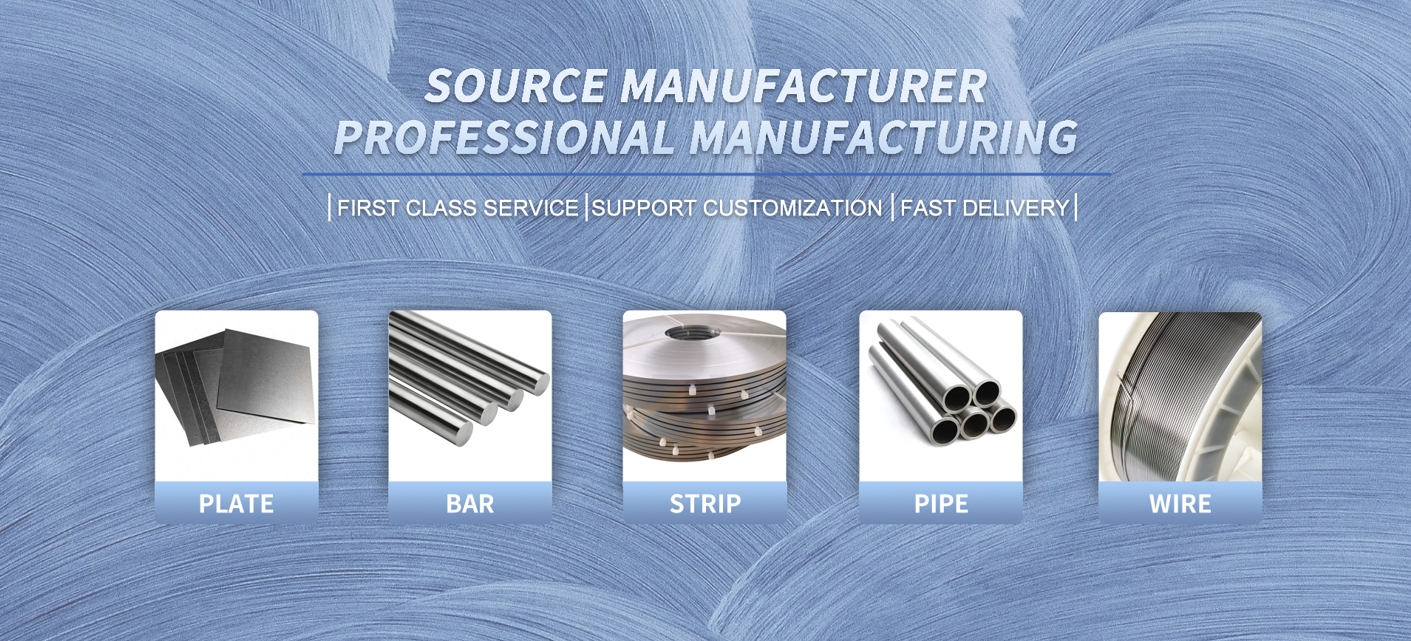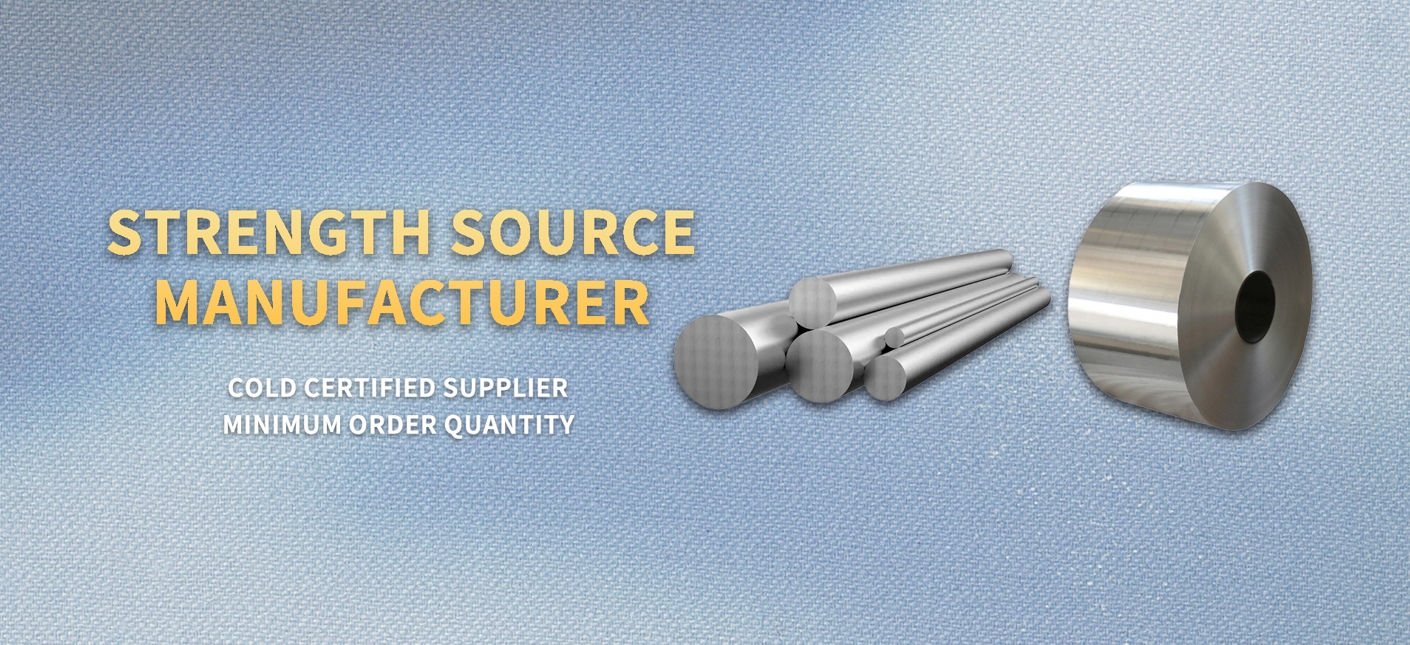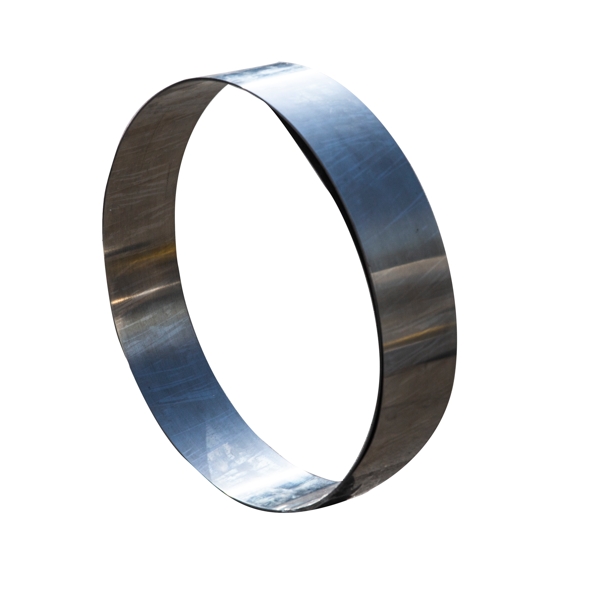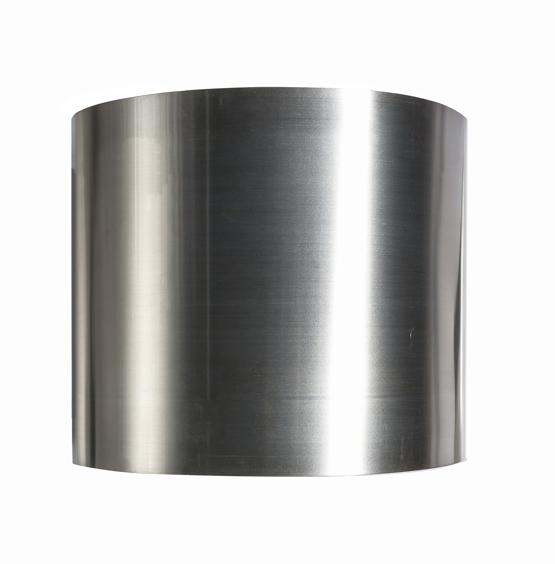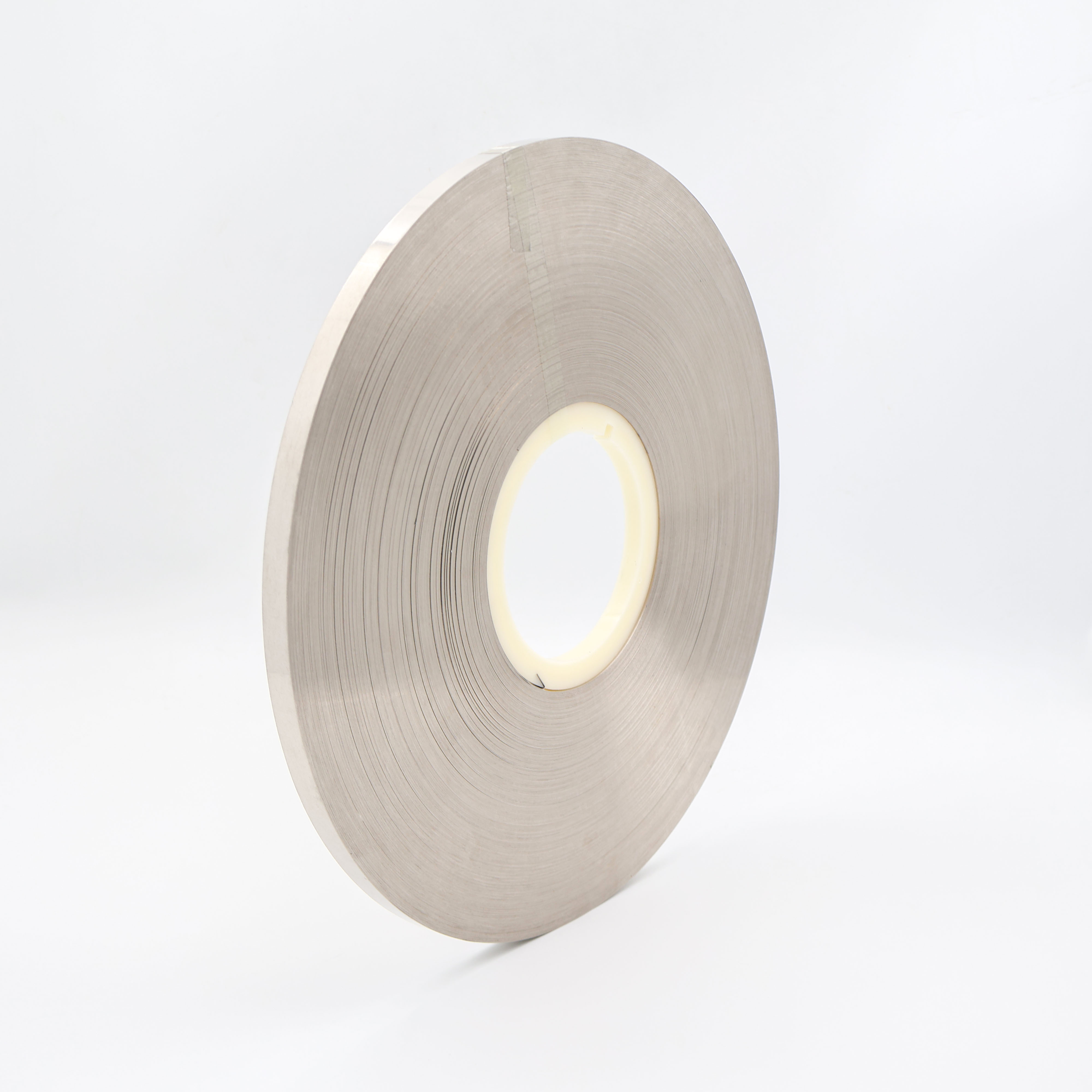Corrosion-Resistant CuNi30 Strip for Chemical Processing

Our CuNi30 strip is a rock-solid choice for chemical processing equipment, built to handle the nastiest corrosive environments without breaking a sweat. This copper-nickel alloy, with about 70% copper, 30% nickel, and traces of iron and manganese, is our go-to for applications where corrosion resistance and reliability are critical. Whether it’s linings, heat exchanger fins, or structural components in chemical reactors or scrubbers, this strip keeps your systems running smoothly.
What makes CuNi30 strip stand out is its incredible ability to resist corrosion from acids like sulfuric and hydrochloric, as well as alkalis and wet gases. It’s perfect for chemical processing, where equipment needs to withstand harsh conditions to ensure safe and efficient operations. This strip fights off pitting and erosion, ensuring your linings and fins stay intact with minimal maintenance, keeping your processes on track.
For more details, pls directly contact us.
This strip’s versatility is a big win. It’s stable up to 500°C, which is great for chemical processing equipment exposed to moderate heat, like in petrochemical refineries or fertilizer plants. Its high thermal conductivity (~40 W/m·K) ensures excellent heat transfer for fins, and its good mechanical strength means it can handle stress without cracking. From pharmaceutical production to waste treatment, CuNi30 delivers.
We love how easy this strip is to work with. Its excellent formability makes it a breeze to stamp, bend, or shape into whatever your chemical processing design needs—think thin heat exchanger fins or robust reactor linings. Need a specific width, thickness, or finish? We can tailor it to fit your specs, ensuring smooth fabrication and keeping your project on schedule.
The chemical processing industry’s all about materials that are durable, efficient, and sustainable, and CuNi30 strip checks every box. It’s recyclable, which is awesome for eco-friendly projects, and its long lifespan means less waste from replacements. With global demand for specialty chemicals, green fuels, and fertilizers growing, CuNi30’s corrosion resistance is more critical than ever. Its low maintenance aligns with the trend toward cost-effective, sustainable operations.
Comparison Parameters Table
|
Parameter |
CuNi30 Strip |
CuNi44 Strip |
Stainless Steel 316 Strip |
Hastelloy C-276 Strip |
|---|---|---|---|---|
|
Corrosion Resistance |
Excellent (acids, alkalis, seawater) |
Very good, slightly less than CuNi30 |
Good, weaker in certain acids |
Excellent, strong in acids/seawater |
|
Thermal Conductivity |
High (~40 W/m·K) |
Moderate (~25 W/m·K) |
Low (~15 W/m·K) |
Low (~10 W/m·K) |
|
Thermal Stability |
High (up to 500°C) |
High (up to 600°C) |
High (up to 870°C) |
High (up to 1093°C) |
|
Mechanical Strength |
Good, high ductility |
Good, slightly lower ductility |
Very high, less ductile |
High, slightly less ductile |
|
Formability |
Excellent, easy to stamp and shape |
Excellent, easy to shape |
Moderate, harder to stamp |
Moderate, requires special handling |
|
Cost |
Moderate, higher than copper |
Higher than CuNi30 |
Moderate, lower than CuNi |
High, higher than CuNi30 |
|
Typical Applications |
Chemical processing linings, fins |
Precision resistors, heating elements |
Chemical piping, marine fittings |
Chemical processing, subsea parts |
|
Durability |
Very long lifespan, low maintenance |
Long, slightly less in corrosive settings |
Long, varies in acidic environments |
Long, excellent in extreme conditions |
|
Properties Material |
Resistivity 200c μΩ.m |
Max working temperature (℃) |
Tensile strength (Mpa) |
Melting point (℃) |
Density (g/cm3) |
TCR *10-6/℃ (20-600℃) |
EMF vs Cu (μV/℃) (0-100℃) |
|
CuNi1 |
0.03 |
200 |
210 |
1085 |
8.9 |
<100 |
-8 |
|
CuNi2 |
0.05 |
200 |
220 |
1090 |
8.9 |
<120 |
-12 |
|
0.1 |
220 |
250 |
1095 |
8.9 |
<60 |
-18 |
|
|
CuNi8 |
0.12 |
250 |
270 |
1097 |
8.9 |
<57 |
-22 |
|
CuNi10 |
0.15 |
250 |
290 |
1100 |
8.9 |
<50 |
-25 |
|
0.2 |
300 |
310 |
1115 |
8.9 |
<30 |
-28 |
|
|
CuNi19 |
0.25 |
300 |
340 |
1135 |
8.9 |
<25 |
-32 |
|
CuNi23 |
0.3 |
300 |
350 |
1150 |
8.9 |
<16 |
-34 |
|
CuNi30 |
0.35 |
350 |
400 |
1170 |
8.9 |
<10 |
-37 |
|
CuNi34 |
0.4 |
350 |
400 |
1180 |
8.9 |
0 |
-39 |
|
CuNi44 |
0.5 |
400 |
420 |
1200 |
8.9 |
<-6 |
-43 |
|
Size Range |
|
|
Wire |
0.08-7.5mm |
|
Ribbon |
(0.05-0.35)*(0.5-6.0)mm |
|
Strip |
(0.50-2.5)*(5-180)mm |
|
Rod |
8-50mm |
For more details, pls directly contact us.
Our CuNi30 strip sets the standard because we’re all about quality, customization, and customer success. We offer a wide range of widths, thicknesses, and finishes, with fast delivery for both small and large orders. Our team dives into your project, optimizing the strip for your chemical processing equipment to ensure maximum corrosion resistance and performance. We keep pricing competitive, especially for bulk orders, without skimping on quality. Our sustainable production process uses recyclable materials, aligning with green industry trends. Plus, our hands-on support means you’re always covered—whether it’s technical guidance or a custom solution, we make it happen.
Compared to other materials, our CuNi30 strip is a clear winner. CuNi44 is great for high-resistance applications but less effective in highly corrosive chemical environments. Stainless steel 316 is tough but struggles with certain acids, unlike CuNi30. Hastelloy C-276 is awesome for extreme conditions but pricier and less formable. Our strip is the go-to for corrosion-resistant chemical processing applications.
We craft our CuNi30 strip to meet strict standards like ISO 9001, ensuring quality you can trust every time. Whether you’re building linings for chemical reactors or fins for heat exchangers, this strip’s ready to perform. Got a unique spec in mind? Let us know, and we’ll make it happen.






About Us:
Our 12,000㎡ factory is equipped with complete capabilities for research, production, testing, and packaging. We strictly adhere to ISO 9001 standards in our production processes, with an annual output of 1,200 tons. This ensures that we meet both quantity and quality demands. Furthermore, all products undergo rigorous simulated environment testing including high temperature, high pressure, and corrosion tests before being dispatched, ensuring they meet customer specifications.
For all our clients, we offer timely and multilingual after-sales support and technical consulting, helping you resolve any issues swiftly and efficiently.
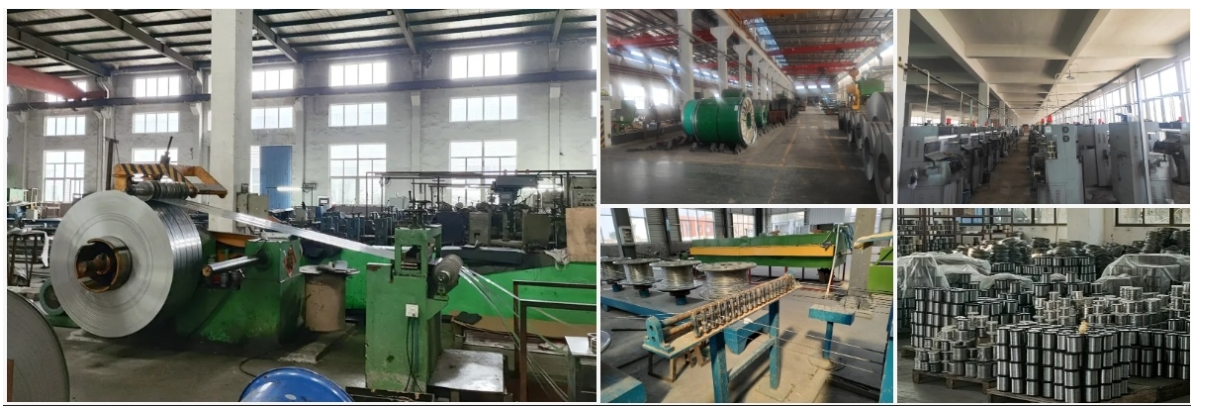
Client Visits
Building Stronger Partnerships

We support all kinds of testing:
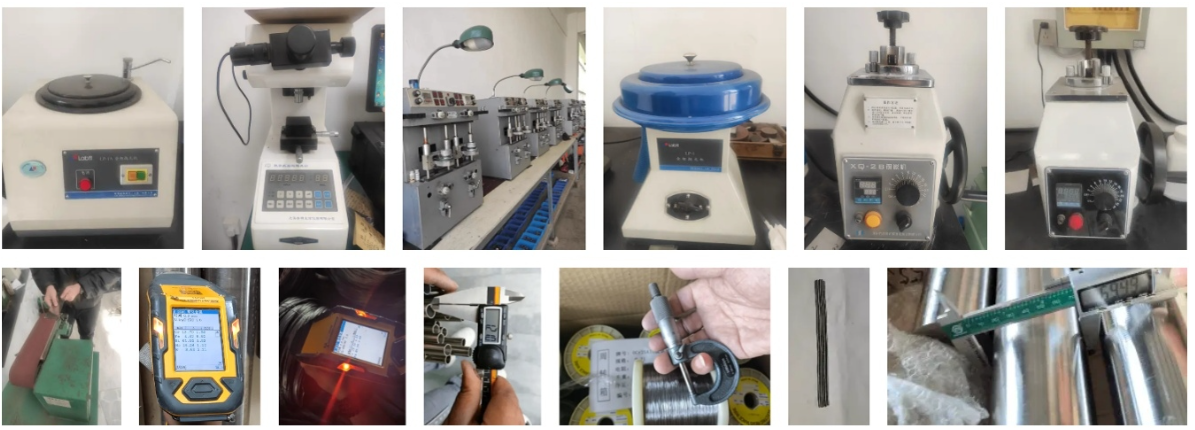

FAQs:
-
What is CuNi30 strip made of?
It’s a copper-nickel alloy with 30% nickel, often with manganese additives to enhance corrosion resistance and stability. -
What are the main uses for CuNi30 strip in chemical processing?
It’s used in heat exchanger plates, piping, valves, and components in chemical plants and processing equipment. -
How does CuNi30 strip perform in chemical environments?
It’s a champ, resisting corrosion from acids, alkalis, and harsh chemicals, perfect for tough processing conditions. -
Can CuNi30 strip handle high temperatures?
Yes, it’s stable up to 500°C, ideal for heat exchangers and high-temperature chemical processing systems. -
Is CuNi30 strip cost-effective?
It’s pricier than pure copper, but its durability and low maintenance make it a smart long-term investment. -
How does CuNi30 strip compare to CuNi10 strip?
CuNi30 has better corrosion resistance and thermal stability but slightly lower electrical conductivity than CuNi10. -
Can CuNi30 strip be customized?
Totally! We can adjust thickness, width, or supply it in various forms to meet specific chemical processing needs. -
Is CuNi30 strip environmentally friendly?
It’s recyclable, supporting sustainable practices, and its long lifespan reduces waste from replacements.
